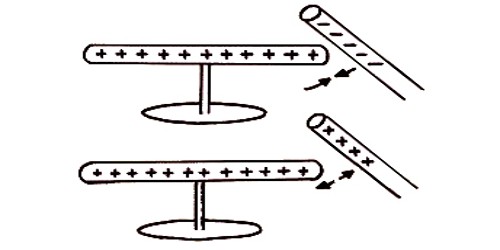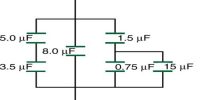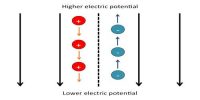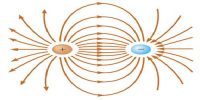The substances which acquire charges on rubbing are said to be ‘electrified’ or charged. These terms are derived from the Greek word electron, meaning amber. The electricity produced by friction is called frictional electricity. If the charges in a body do not move, then, the frictional electricity is also known as Static Electricity. Charging a rod by rubbing does not create electricity, but simply transfers or redistributes the charges in a material.
Frictional electricity is another name for triboelectricity – electricity generated by friction. Its most usually connected with static electricity. Frictional Electricity is the electricity produced by rubbing two appropriate bodies and transfer of electrons from one body to another. Charge division often occurs throughout rolling or sliding contact or conflict, generally between dissimilar materials. It is the electric charges formed on two dissimilar objects, such as silk and glass or catskin and ebonite, by rubbing them jointly. Common examples of frictional electricity and electrostatic charging include combing dry hair or descending your shoes transversely a carpet on a dry winter day. It is the electricity produced by rubbing two appropriate bodies and transfer of electrons from one body to another.
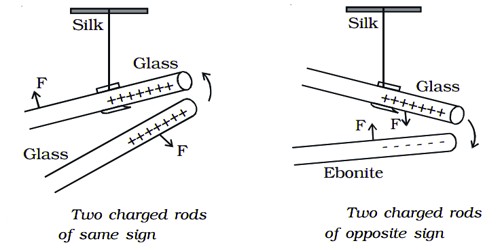
In 600 before Christ, Thales, a Greek Philosopher observed that, when a piece of amber is rubbed with fur, it acquires the property of attracting light objects like bits of paper. In the 17th century, William Gilbert discovered that glass, ebonite, etc, also exhibit this property, when rubbed with suitable materials.
